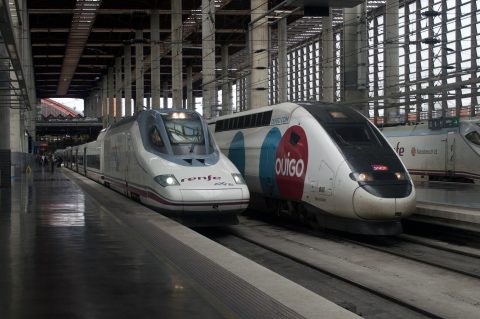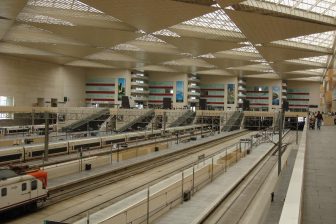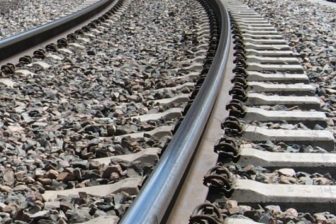
Entry of Ouigo and Iryo in Spain made passenger numbers soar
Ouigo was the first operator to start competing with Renfe Phil Richards via www.flickr.com/photos/philstephenrichards/51667982274/in/photostream/
The passenger numbers on the Madrid-València corridor doubled and surpassed one million users in the final quarter of 2022, compared to the same period the year before, shows the quarterly report of the rail market of Spanish competition authority CNMC. Ouigo started competing with national operator Renfe on October 7, and Iryo joined the route in December 16.
Want to read more?
You have read all of your free premium articles for this month. Please become a subscriber to keep reading.
Subscribe now!
Take advantage of our exclusive offer to get full access to all premium content.




It would be interesting to know whether the differentiation of prices relative to the the period of pre-purchase has changed, and how it differs between competitors. As passengers also change their purchasing habits, the prices of tickets actually sold (and costs for trips actually made) may have changed differently.
“CNMC has been collecting the prices … of basic tickets for travel, from the day after the day of the search, every day, until 40 days later.